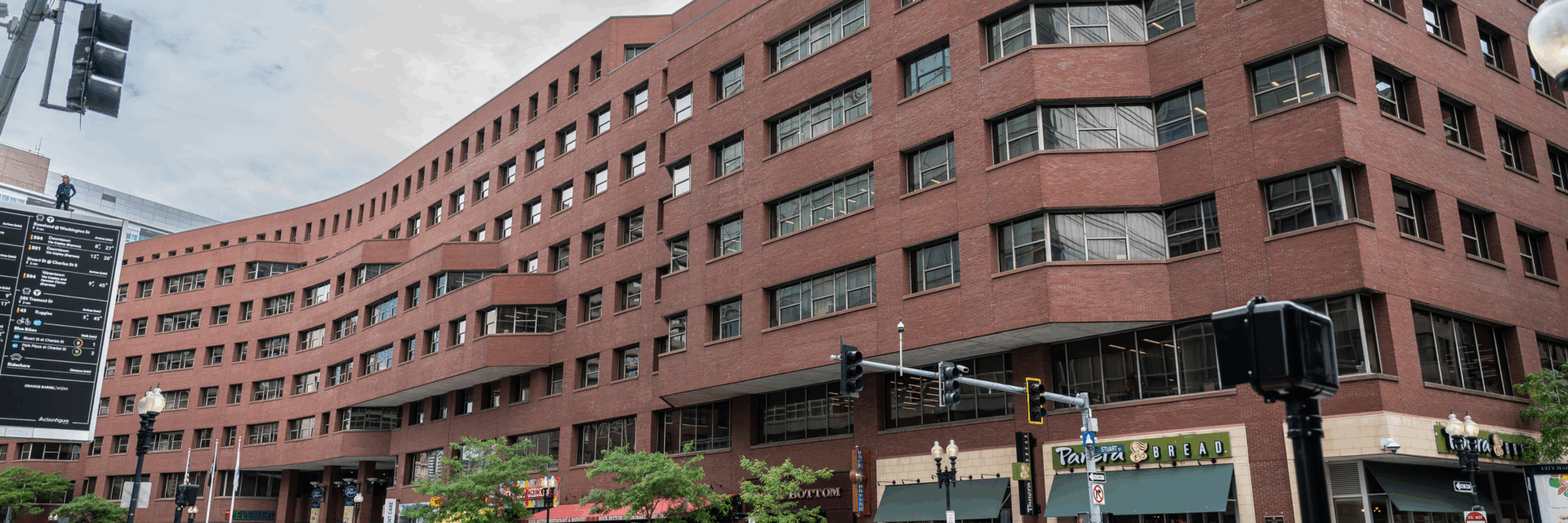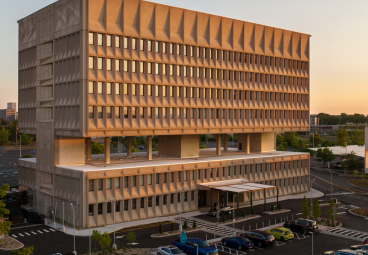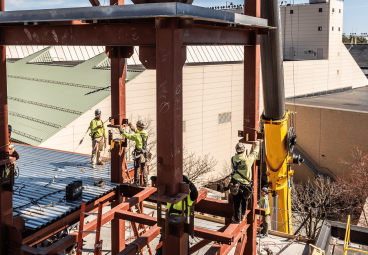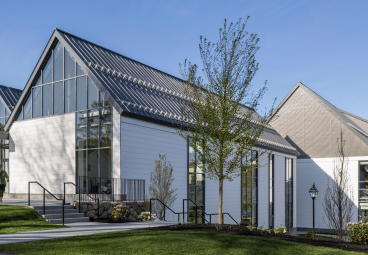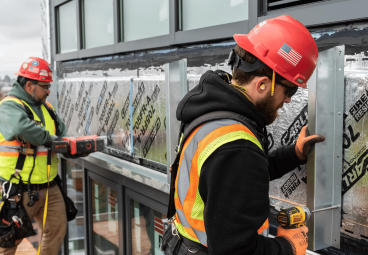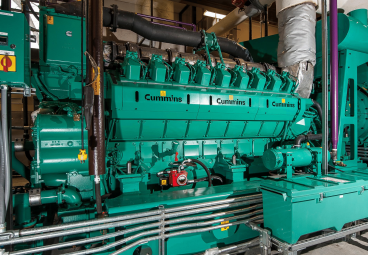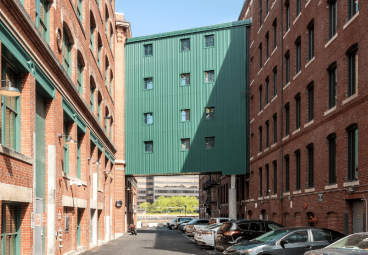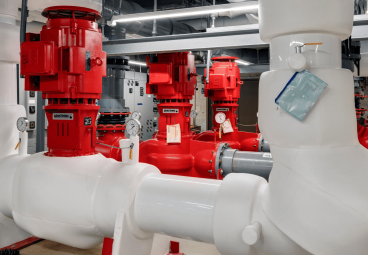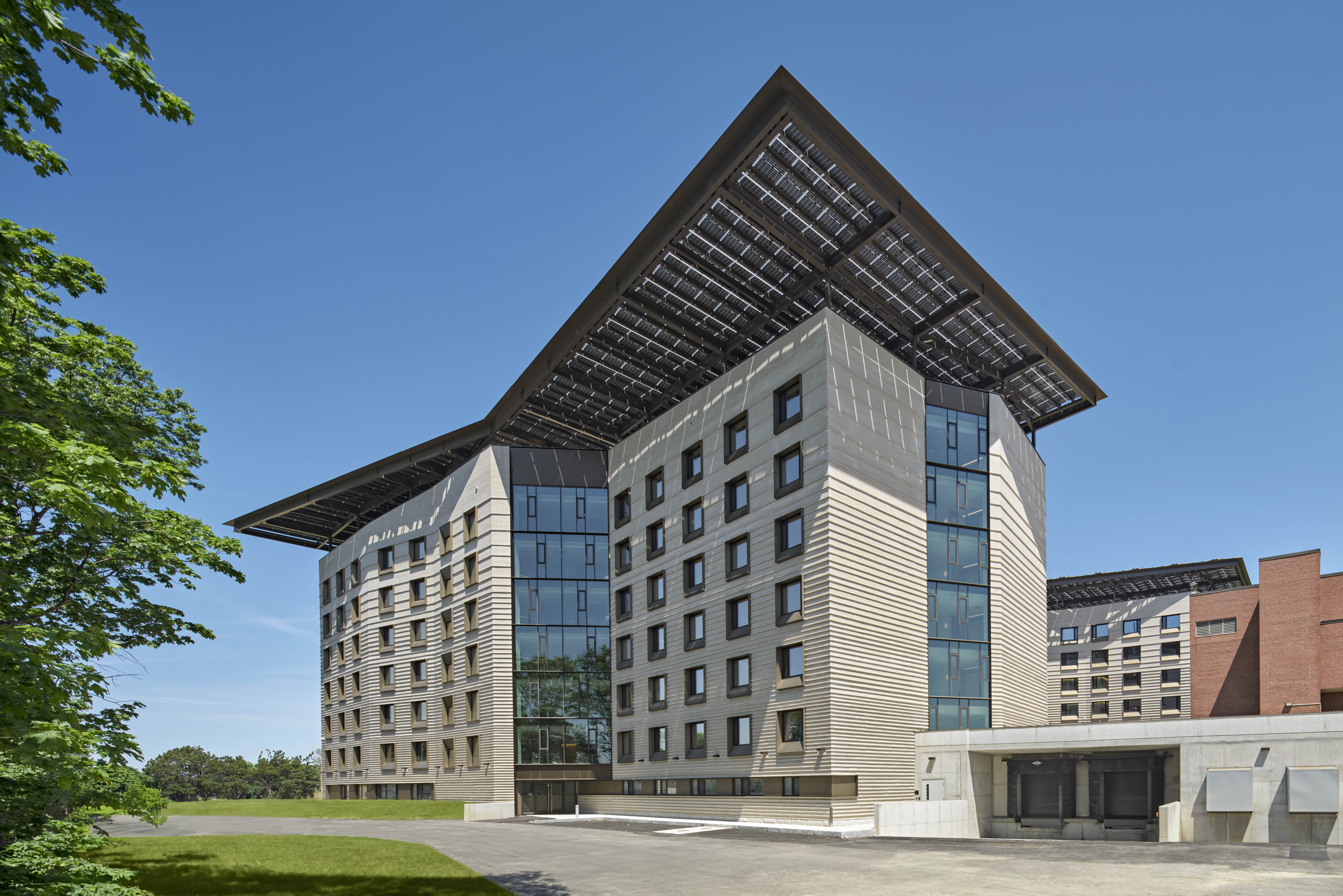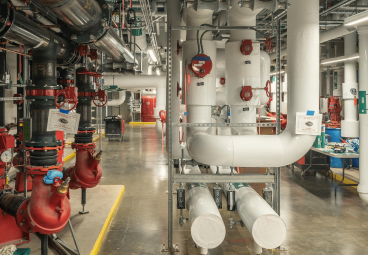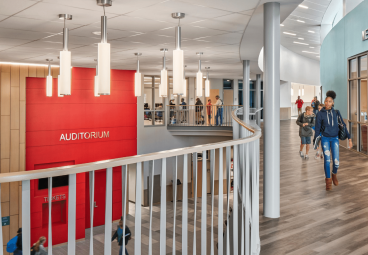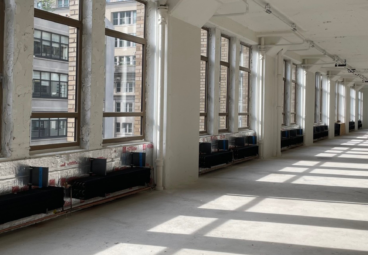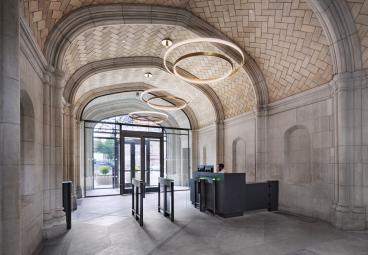Division of Capital Asset Management & Maintenance
State Transportation Building Energy Project
Project Overview
- Design, installation and support of commissioning for lighting and building automation system (BAS) upgrades to improve energy efficiency
- Performance of an energy audit and energy model to develop a detailed project scope and implementation plan within the occupied building
- Implementation of a new Distech Controls system by Consigli’s energy division’s controls self-perform team
Built in the 1990’s, the 1,000,000 sq. ft. Massachusetts’ State Transportation Building required energy upgrades to improve the eight-story building’s operational efficiency. The design process included a detailed energy audit of lighting and variable air volume (VAV) boxes and the development of an energy model. Informed by the audit and model, the design-build team developed costs, detailed design drawings and schedule and phasing plans to advance the project into construction.
The project’s base scope included replacing office and cove lighting with LED lighting, upgrading existing VAV boxes to direct digital controls (DDC) and upgrading four large air handling unit (AHU) controls from pneumatic to DDC. In addition to replacing the existing lighting fixtures with a custom made retrofit kit, a wireless networked lighting control system was added enabling facilities personnel to locate where lights are on throughout the building. The utilized Distech Controls Smart Air Control Valve (SACV) VAV box was pre-fabricated with controls and piping, minimizing on-site work and improving schedule efficiency on the project. With a 100:1 turndown, the SACV eased the process of replacing a total of 1,250 boxes in the facility. Additionally, the networked lighting control system was integrated into the BAS through BACNet to schedule and perform demand control ventilation using occupancy sensors.
The building remained operational with tenant space on the first floor and office space on floors two through eight. Extensive coordination with building occupants has ensured operations remain undisrupted throughout the course of the project.

